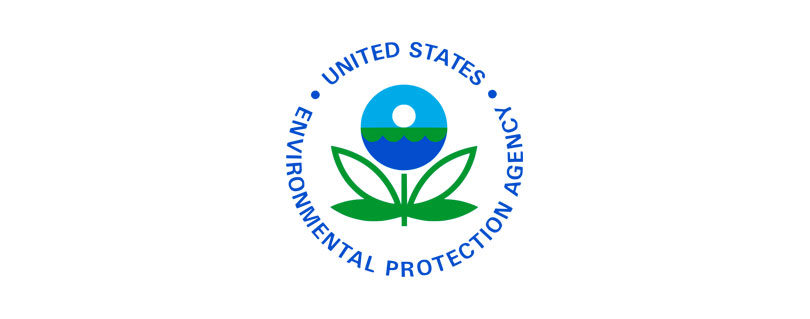EPA Determines Detroit Metro Area Now Meets Federal Ozone Standard; Approves Michigan’s Plan to Maintain Air Quality
Publilshed by the U.S. Environmental Protection Agency (EPA)
CHICAGO (May 16, 2023) – Today, U.S. Environmental Protection Agency announced its decision to redesignate the seven-county Detroit, Michigan metro area to attainment of the 2015 National Ambient Air Quality Standard (NAAQS) – ground-level ozone, or smog. This redesignation will be effective in the coming days when the notice is published in the Federal Register. Air monitoring data from 2019-2022 show the area now meets the federal public health standard.
EPA is also finalizing approval of Michigan’s maintenance plan to ensure that the Detroit metro area will continue to meet the current ozone standard of 70 parts per billion through 2035. These federal actions are in response to a request from Michigan Department of Environment, Great Lakes, and Energy.
“EPA continues to work closely with EGLE to reduce air pollution from stationary and mobile sources as ozone reduction is especially beneficial to vulnerable populations,” said EPA Region 5 Administrator Debra Shore.
In addition, EPA is finalizing its determination that the Detroit metro area met the ozone standard through 2022, based on EGLE’s analysis showing that high ozone values measured on June 24 and 25, 2022 at an air monitor in Wayne County were caused by Canadian wildfires. EPA scientists reviewed and concurred with EGLE’s analysis which relied on meteorological data, modeling of air mass trajectories, comparisons to historical data and measurements of brown carbon and black carbon, or soot.
Because natural wildfires are not reasonably controllable or preventable, and since EPA scientists identified a clear causal relationship between the wildfires and the monitored smog values, the agency determined that EGLE has satisfied all requirements to exclude the data recorded on June 24 and 25. Under EPA rules, wildfire impacts may be excluded when calculating attainment of the ozone standard.
Ground-level ozone is not emitted directly into the air but is formed when nitrogen oxides (NOx) and volatile organic compounds (VOCs) react in the presence of sunlight. Emissions from industrial facilities and electric utilities, motor vehicle exhaust, gasoline vapors, and chemical solvents are some of the major sources of NOx and VOCs.
Reducing ozone benefits all people—particularly those whose health issues include chest pain, coughing, throat irritation and congestion. It also helps to prevent worsening conditions such as bronchitis, emphysema, asthma, and lung inflammation. Children will especially benefit from reduced exposure to ozone because their lungs are still developing.
The improvement in air quality is due to state and EPA programs to reduce NOx and VOC emissions. These control measures include more protective vehicle emissions standards, nonroad engine emissions standards, and programs to reduce emissions from power plants. For the Detroit area, the past 20 years have seen a 28% decrease in ozone concentrations, with more emission reductions expected in the future. In recent months, EPA finalized new standards for emissions from heavy-duty vehicles and for coal-burning industrial sources which will further reduce ozone levels and provide health benefits in the Detroit area.
All other air pollutants regulated under NAAQS – carbon monoxide, lead, nitrogen dioxide, particulate matter and ozone – have also significantly decreased thanks to the various air quality management and control strategies in place at the local, state, regional, and national level.
EPA’s final rule for the redesignation details how the Detroit area meets the Clean Air Act attainment requirements. It also includes a maintenance plan which could trigger local controls if the ozone standard is violated in the future.
Once the Federal Register Notice is published, EPA will post additional information about the final rules, including responses to comments received during the public comment period, will be posted on the agency’s respective websites for the Clean Data Determination and the Redesignation to Attainment.
###
Read the full article at: https://www.epa.gov/newsreleases/epa-determines-detroit-metro-area-now-meets-federal-ozone-standard-approves-michigans


